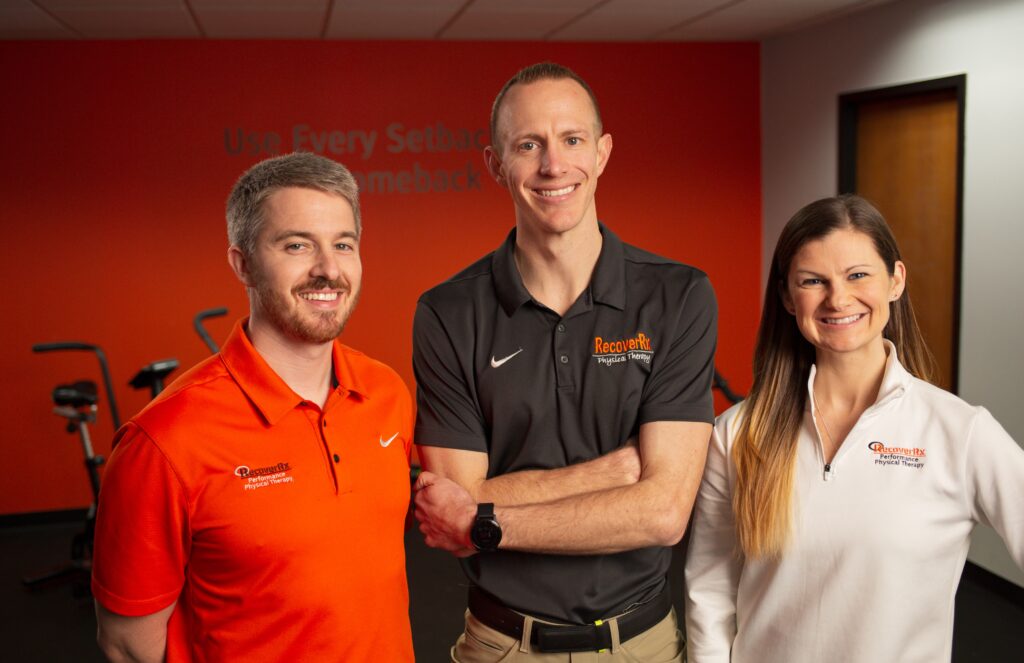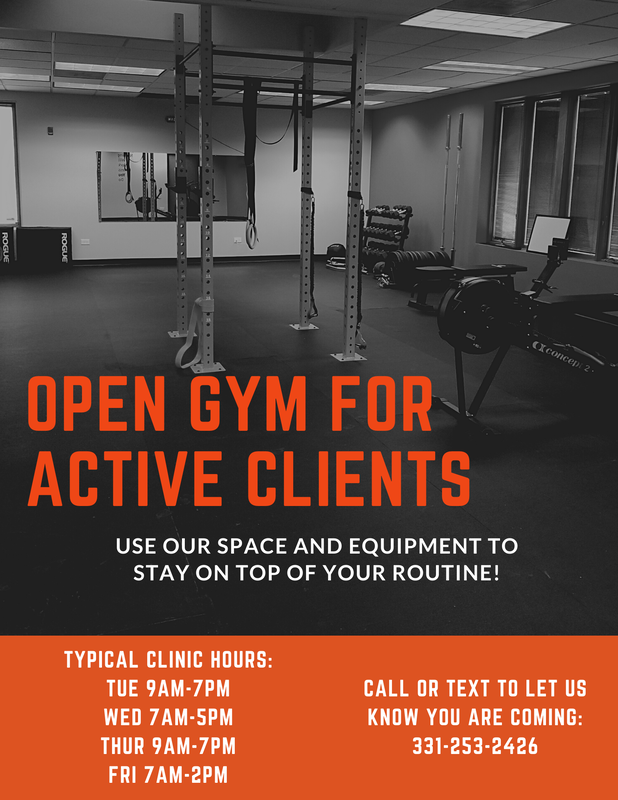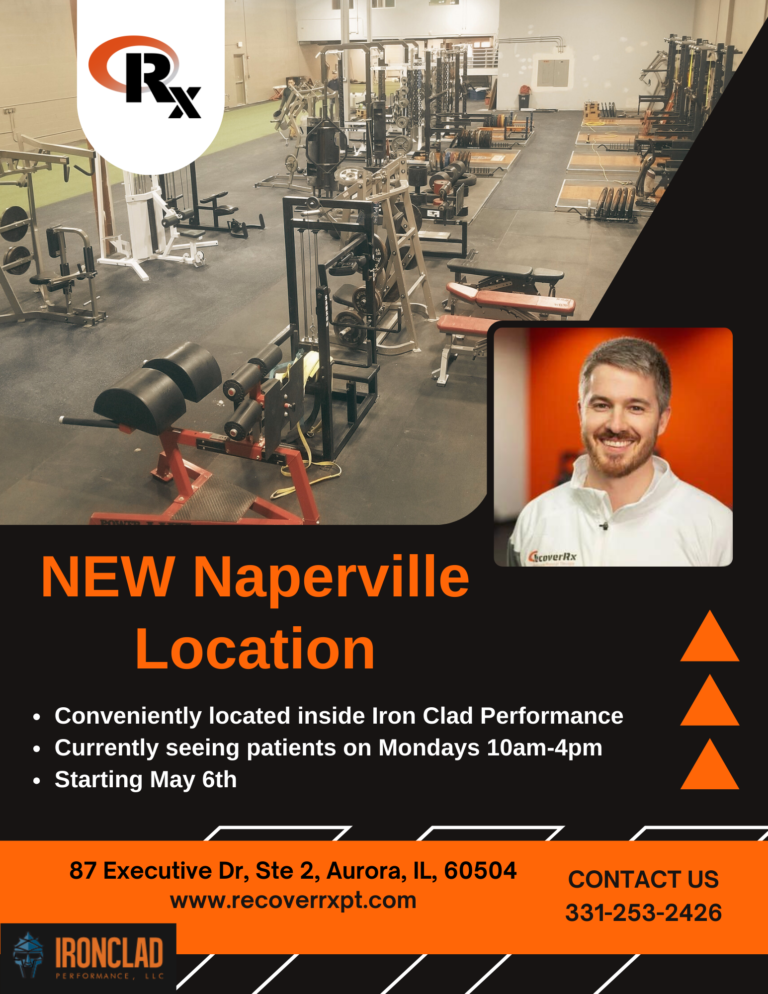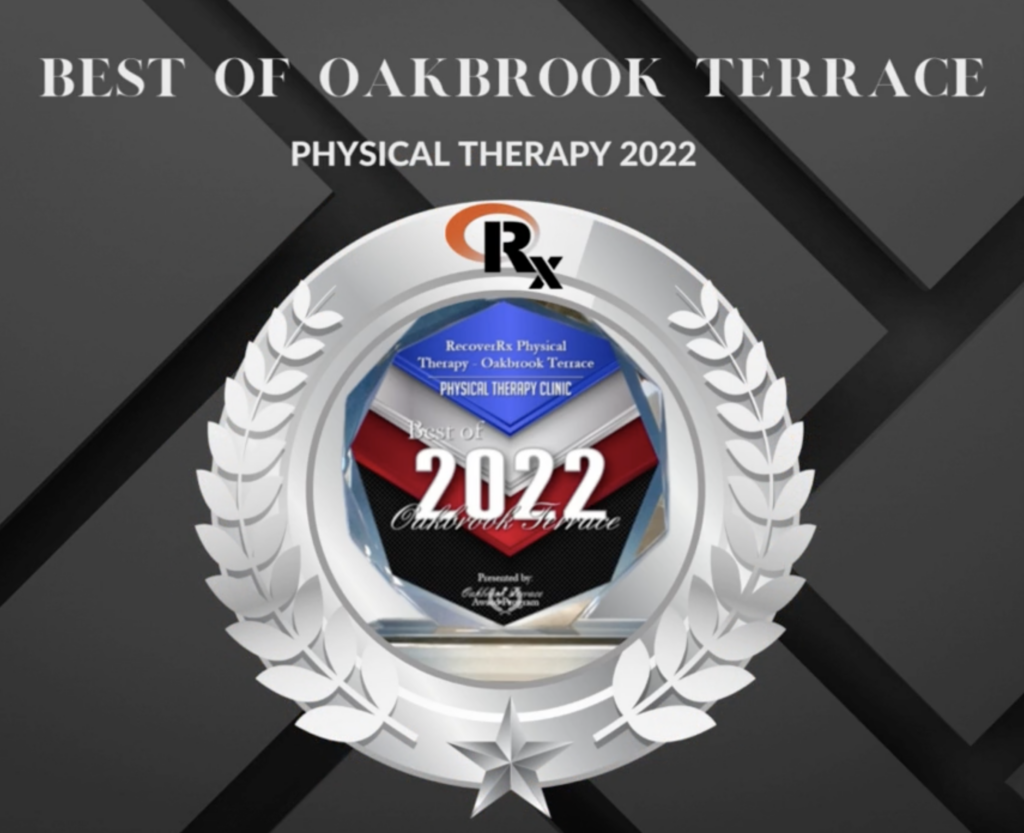
Introduction:
Golf is hard enough as it is. You shouldn’t also have to deal with aches and pains specifically in the elbow. As golf enthusiasts, we understand the joy of a perfectly executed swing, the thrill of the ball sailing through the air, and the satisfaction of a well-earned putt. However, for some golfers, a nagging pain known as Golfer’s Elbow can cast a shadow over this beloved sport. In this blog post, we’ll explore Golfer’s Elbow in depth, its impact on your golf game, and how you can overcome this obstacle to get back on the course with confidence and comfort.
What is Golfer’s Elbow?
Golfer’s Elbow, medically known as medial epicondylitis, is a condition that affects the tendons and tissue on the inner side of the elbow where they cross the joint. Contrary to its name, Golfer’s Elbow isn’t exclusive to golfers; it can afflict anyone who engages in repetitive gripping or wrist-flexing motions. These motions put strain on the tendons that attach to the bony bump on the inner side of the elbow, known as the medial epicondyle which creates a cascading effect of acute and chronic inflammation.
Understanding the Anatomy:

To grasp Golfer’s Elbow fully, it’s essential to understand the anatomy involved. The forearm muscles that control wrist and finger movements converge and attach to the medial epicondyle via the common flexor tendon. When these tendons become damaged or irritated due to repetitive stress, Golfer’s Elbow occurs.
Recognizing the Symptoms:
- Pain and Discomfort: The hallmark symptom of Golfer’s Elbow is pain and tenderness on the inner side of the elbow on the bone. This discomfort can range from mild to severe, making it challenging to grip objects or swing a golf club.
- Weakness: You may notice a decrease in grip strength, making it difficult to control the club and achieve optimal swing power. This is a protective mechanism of the brain to prevent further injury.
- Stiffness: Golfer’s Elbow can lead to stiffness in the elbow joint, hampering your ability to perform fluid, unrestricted swings. This is very prevalent in the morning and with episodes of inactivity.
- Numbness and Tingling: In some cases, Golfer’s Elbow can lead to numbness and tingling sensations in the fingers, as the irritated tendons can compress nearby nerves, specifically the ulnar nerve.
How does this impact your golf game? Golfer’s Elbow can have a significant impact on your golf game:

- Pain During Swings: The pain and discomfort can be particularly pronounced during golf swings, especially when gripping the club and making contact with the ball or when making contact with the ground during your divot.
- Reduced Accuracy: Weakness and pain in the affected arm can lead to reduced control and accuracy in your shots.
- Limited Flexibility: Stiffness in the elbow can limit your range of motion, affecting your ability to follow through on your swing. It may cause you to modify your swing as well.
- Frustration: Constant pain and reduced performance can be frustrating, potentially diminishing your enjoyment of the game.
Seeking Solutions:
If Golfer’s Elbow is impacting your golf game, don’t despair; there are strategies to help you get back on track:
- Rest and Recovery: Give your elbow the rest it needs to heal. Avoid overuse and high-impact activities that exacerbate the condition including on the course and in the gym. This could mean taking a break from all those range sessions.
- Physical Therapy: Consult a physical therapist who specializes in golf injuries. They can develop a tailored rehabilitation plan that includes exercises to strengthen and stretch the affected muscles and tendons as well as make modifications to your daily activities to prevent exacerbation of symptoms.
- Ergonomics: Evaluate your golf swing and gripping technique with a teaching professional to identify any factors contributing to Golfer’s Elbow. Adjustments in your form may alleviate strain on your elbow.
- Bracing: Wearing a brace or band around the forearm can provide support to the affected area and reduce discomfort during play.
- Medication and Modalities: In some cases, anti-inflammatory medications or injections may be recommended to alleviate pain and inflammation. Alternating ice and heat can be effective as well.
- Regenerative Medicine: Advances in medical technology are showing promise in regenerative medicine to treat chronic tendonitis. Ask your health care provider if this is an option for you.
Conclusion:
Golfer’s Elbow may pose a significant challenge to your golf game, but it doesn’t have to be a permanent setback. With the right approach, including rest, rehabilitation, and professional guidance, you can overcome this condition and return to the greens with confidence. Don’t let Golfer’s Elbow ruin your golf game; take proactive steps to address it, and soon you’ll be back to enjoying the sport you love, one swing at a time.
Looking for more information on how a sports physical therapist can help you. Reach out for a free consult call with one of our physical therapists today.
Thanks for reading!
Dr. Luke




